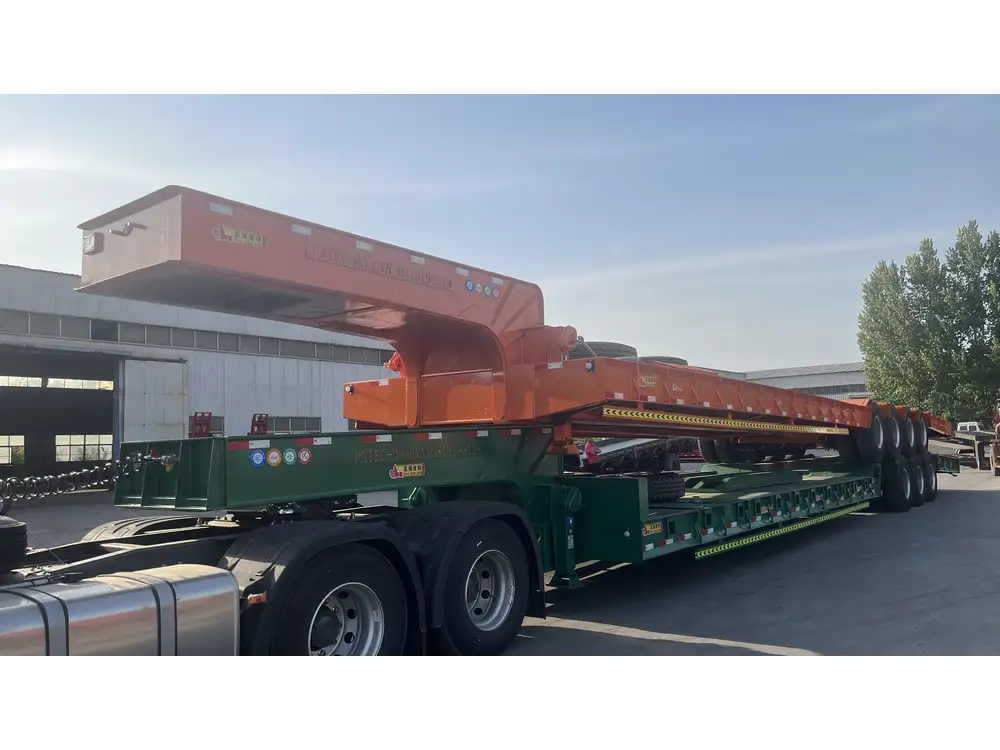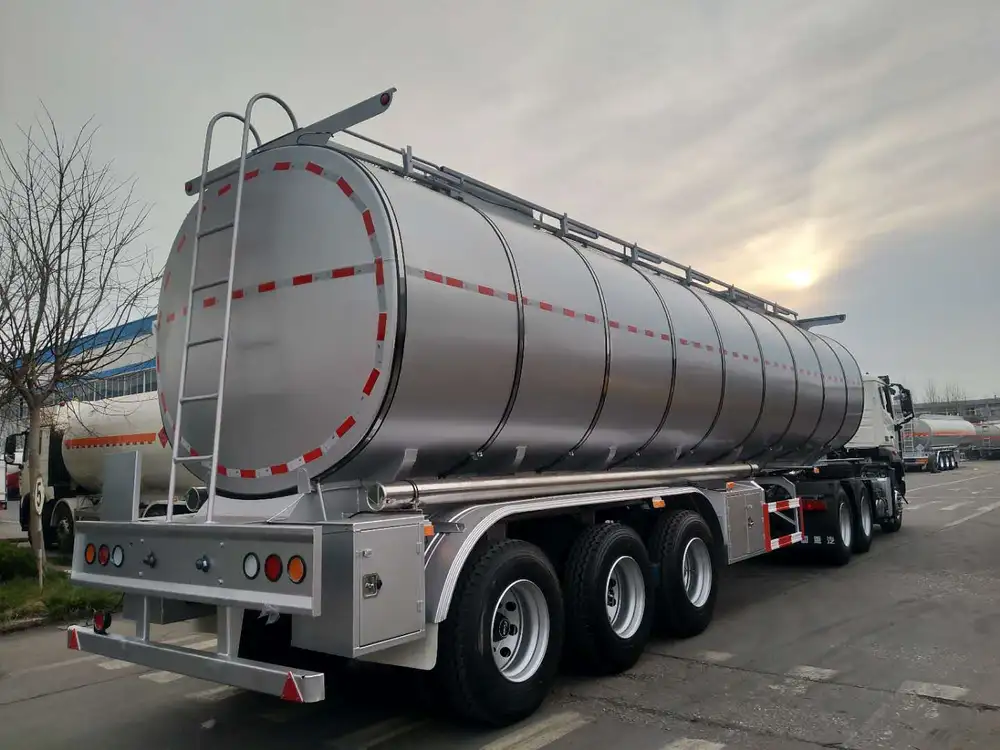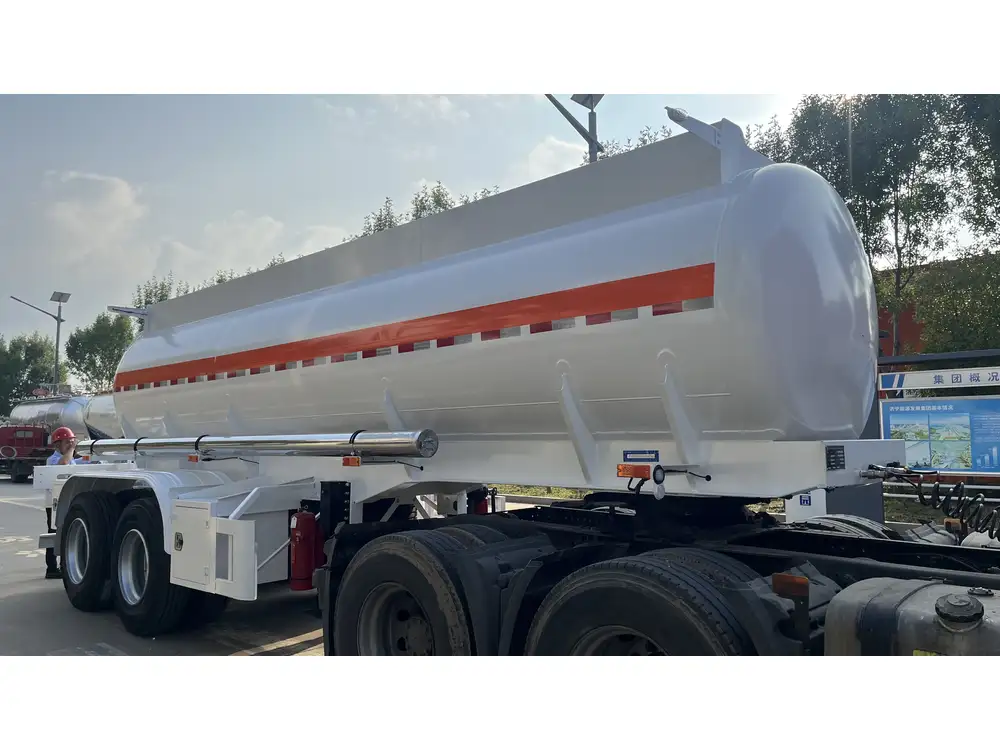When engaging with the trucking industry or logistics sector, a fundamental component that often generates questions is the nomenclature surrounding semi-trucks, particularly when they are not attached to a trailer. In this article, we will explore the correct terminology, implications of disconnections, and the operational frameworks applicable to semi-trucks without trailers.
Definitions and Terminology
What Is a Semi-Truck?
A semi-truck, also commonly referred to as a semi, tractor, or articulated vehicle, is a type of vehicle composed of two distinct units: the tractor and the trailer. The tractor, which is the front part, houses the engine and has the capacity to navigate independently of the trailer, while the trailer is designed to carry cargo.

Key Features of Semi-Trucks:
- Power Unit: The engine is typically a diesel engine designed for heavy freight.
- Chassis: Supports the load and provides structural integrity.
- Cab: The area where the driver sits and controls the vehicle.
What Happens When a Semi Has No Trailer?
When a semi-truck is uncoupled from its trailer, it is simply referred to as a “tractor” or “prime mover.” Although it may operate independently, this configuration has various implications for the operation and functionalities of the vehicle.
Key Points About a Semi Without a Trailer:
- Operational Flexibility: Tractors can be used for various purposes, such as towing equipment or serving as a stand-alone vehicle for logistics operations.
- Weight Distribution: The absence of a trailer affects weight distribution, which is relevant for certain regulations pertaining to roadway use.
- Power to Weight Ratio: Tractors are designed with robust engines to handle substantial loads when coupled. Operating without a trailer can enhance maneuverability in certain scenarios.

Uses and Functionality
Common Scenarios for Tractors Without Trailers:
Shunting: In logistics yards, tractors are often employed to move trailers around without cargo, making it more efficient to organize the yard.
Short Haul Operations: Businesses may require tractors for transporting goods over short distances without the need for a trailer. This might include local deliveries or pick-ups from nearby distribution centers.
Equipment Towing: Beyond standard freight, tractors can tow other heavy equipment, such as boats, containers, or specialized machinery, showcasing the versatility inherent in the design.
Breakdown Services: In emergencies, a tractor may be utilized to assist other vehicles. The absence of a trailer can make it easier to navigate and access vehicles in distress.
The Industry Impact

Regulatory Implications
When a semi-truck operates without a trailer, several regulatory considerations emerge. These include:
- Licensing: Depending on the jurisdiction, different licensing requirements may govern the operation of tractors without trailers compared to fully loaded semi-trucks.
- Commercial Use Regulations: Specific rules may apply regarding weight limits, road usage, and cargo security when operating a tractor alone.
Economic Considerations
The economic viability of operating a semi-truck versus a tractor without a trailer can vary greatly. Here’s a comparative analysis of the two scenarios:
| Factor | Semi-Truck (with Trailer) | Tractor (without Trailer) |
|---|---|---|
| Operational Cost | Higher due to fuel and maintenance for heavier weights | Lower due to reduced weight and flexibility |
| Flexibility | Limited to freight routes | Can navigate urban areas better |
| Equipment Utilization | Requires coupling and uncoupling | Functions independently in multiple roles |
Maintenance and Performance

Maintenance Needs
Operating a semi-truck without a trailer also alters the maintenance landscape:
- Tire Wear: With variable weight loads, tire wear may manifest differently when the tractor operates alone. Regular inspections for alignment and tread wear are crucial.
- Engine Efficiency: The engine’s performance could improve in certain aspects when there’s less strain, potentially yielding better fuel economy during solo operations.
Performance Dynamics
The dynamism in performance when operating without a trailer warrants attention. Factors that influence driving performance include:
- Acceleration: The power-to-weight ratio becomes more favorable, allowing for faster acceleration.
- Turning Radius: Tractors have a tighter turning radius, enabling easier navigation in constrained spaces, which can be particularly advantageous in urban settings.
Safety Considerations
Working with tractors without trailers from a safety perspective introduces unique challenges and advantages:
Visibility: The lack of a trailer might increase visibility for the driver, particularly when navigating through tight spaces or congested urban areas.
Maneuverability: Tractors, devoid of the extended length of a trailer, can navigate corners and narrower roads much more effectively with a lower risk of collision.
Emergency Handling: The lighter structure may allow for quicker reaction times in the event of an emergency, compared to a fully loaded semi-truck that requires more distance to stop.

Summary
Operating a semi-truck without a trailer is not merely an act of detachment; it is a multifaceted operational modality within the trucking industry. Understanding the terminology—both the technical aspects and the flexibility it affords—can significantly enhance operational efficiency, contribute to safety measures, and inform better economic decisions.
Conclusion
In conclusion, the term applied when a semi-truck is separated from its trailer is commonly accepted as “tractor.” The implications of operating without a trailer include enhanced maneuverability, regulatory considerations, and distinct maintenance needs. Operators and logistics managers should consider these aspects when making decisions about fleet operations.
By recognizing the versatility of tractors and the contexts under which they operate independently, stakeholders can leverage this knowledge to optimize their logistics strategies and enhance overall efficacy within the transportation and trucking sectors. The adaptability of tractors underscores the complexity and dynamism of the logistics landscape, where understanding terminology is just as important as recognizing operational tactics and safety protocols.



